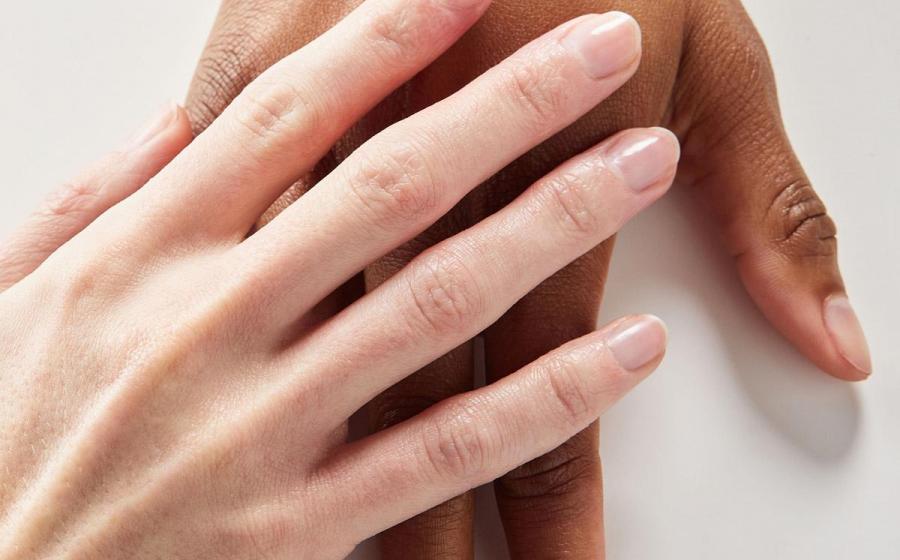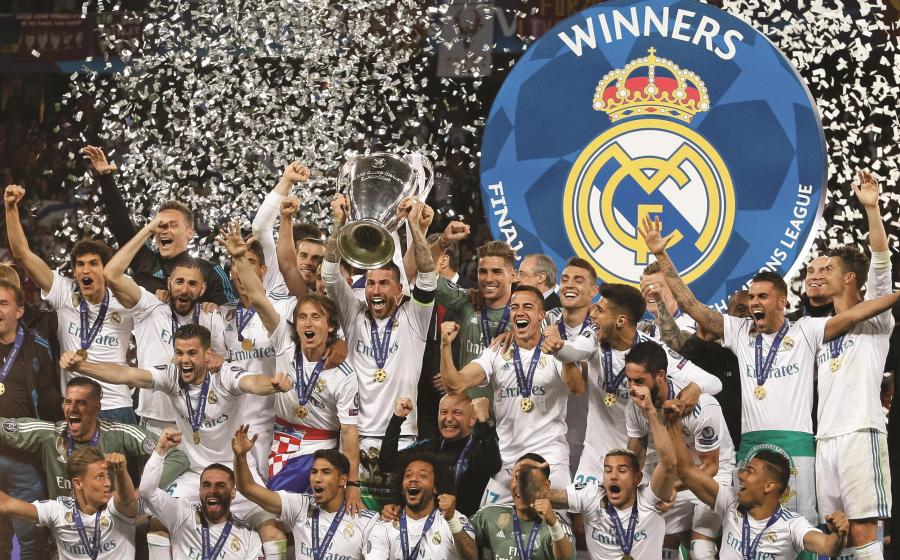A Moment That Matters: Take Time for Tire Safety
This year, Cooper Tires is encouraging drivers to mark Labor Day weekend (and the first of every month) as a tire check safety moment, to make a habit of checking tires, especially as seasons change.
"Just as we regularly take a moment to check our smoke detector batteries when we change our clocks in the fall and spring, we need to designate a moment to check tire safety as well," says Jessica Egerton, Director of Brand Development at Cooper Tire & Rubber Company.
Checking the overall condition of your tires is easy and important for your safety on the road. Your tires are the only parts of your vehicle to come into contact with, and keep you connected to, the road.
The recommended tread depth is more than 2/32 of an inch deep. Do your tires meet this minimum, or are they too worn? Would you know if they are? An easy and quick way to tell is to stick a penny into the tread with Lincoln's head facing down. If the tread covers the top of his head, you're good to go. If not, time to replace the tire.
Ensuring your tires have the recommended tread depth can help in a variety of ways, including maintaining traction on the road, keeping control of the car, and preventing hydroplaning or sliding.
Don't be under-pressured, either.
Tires not inflated to the recommended level of pressure can lead to tire failure, uneven wear and cause your car to use more gas.
Try this 10-minute safety check from Cooper Tires:
* Check the tread. Use the U.S. penny/Lincoln's head method. Insert the penny into the tire tread, with Lincoln's head down and facing you. If the top of his head is visible at any point around the tire, there is too little tread, and it's time to replace the tire!
* Check the pressure. Look on the vehicle doorjamb, glove compartment, fuel door or owner's manual to find the recommended pressure for your tires. Press a tire gauge on the valve stem. Too low? Add air. Too high? Push down on the metal stem in the center of the valve to release some air. When you reach the recommended pressure, replace that valve cap. Also, don't check pressure right after driving. Wait at least three hours until the tires are cool.
* Check your look. Inspect your tires for cuts, bulges, cracks, splits or punctures. When in doubt, ask a tire professional for an inspection.
Visit coopertires.com for more information about tire safety and more details on how to take make your tire safety check moment a regular habit.


 - When was the last time you thought about the health of your nails? In fact, healthy nails are not only attractive, but they are also important to overall health.
- When was the last time you thought about the health of your nails? In fact, healthy nails are not only attractive, but they are also important to overall health.  - 100.
- 100.




 - Whether you are a recent college graduate, a grad student in a new city or a young professional shifting gears into a new job, finding your first home as an independent adult can seem daunting, but a few key points can put you on the path to your own place.
- Whether you are a recent college graduate, a grad student in a new city or a young professional shifting gears into a new job, finding your first home as an independent adult can seem daunting, but a few key points can put you on the path to your own place. 
 - Two of the biggest clubs in European soccer will face each other in the 2022 Champions League final as the Spanish top-flight league champions Real Madrid take on Liverpool. With 13 Champions League titles, Real Madrid are the most successful team in the most prestigious competition, while Liverpool’s six trophies are sitting third. Here are the
- Two of the biggest clubs in European soccer will face each other in the 2022 Champions League final as the Spanish top-flight league champions Real Madrid take on Liverpool. With 13 Champions League titles, Real Madrid are the most successful team in the most prestigious competition, while Liverpool’s six trophies are sitting third. Here are the 
 - The most-anticipated match of the club soccer season approaches, as Liverpool takes on Real Madrid in the Champions League Final, May 28th at the Stade de France. Combined, these two have won the Champions League an astounding 19 times.
- The most-anticipated match of the club soccer season approaches, as Liverpool takes on Real Madrid in the Champions League Final, May 28th at the Stade de France. Combined, these two have won the Champions League an astounding 19 times.
 - Pregnant or planning a pregnancy? It's time to think about your blood pressure, even if you've never had
- Pregnant or planning a pregnancy? It's time to think about your blood pressure, even if you've never had 




